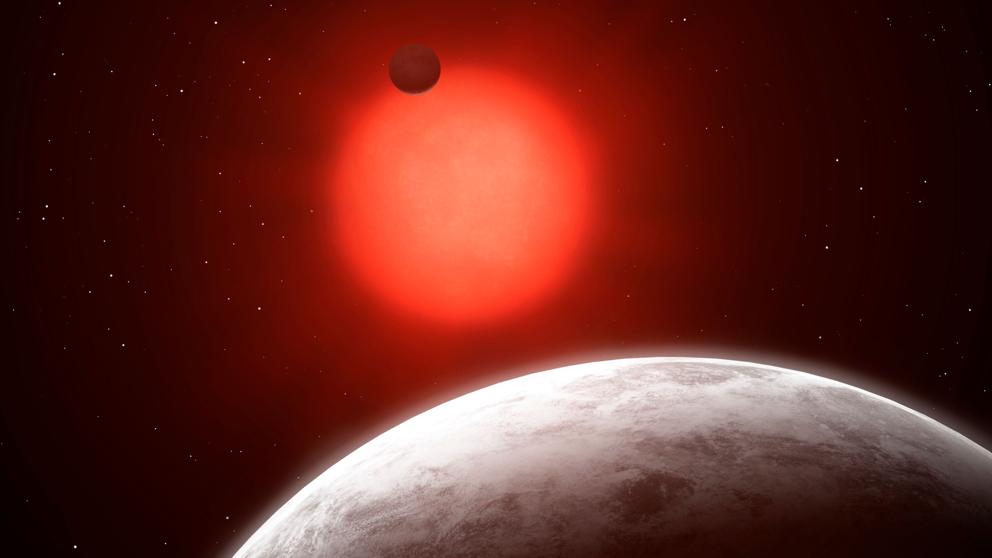Stop the press: Astronomers may have found a nearby planet that we can all move to and start life all over again.
Well, ‘nearby’ is relative. It’s 11 light years away—a mere 66 trillion miles—which would take current space technology something like 100,000 years to traverse.
And we probably couldn’t fit all seven billion of us inside that spaceship.
But still, the discovery by the Red Dots astronomy team of the GJ 887 solar system is incredibly promising. At least one of the three planets in the system looks safe from dangerous solar flares, yet also close enough to its sun-like star to have liquid water on its surface.
As it’s quite nearby, it’s likely that we’d be able to assess the thermal and chemical composition of the planet’s atmosphere.
And it seems to have a 50-day solar orbit.
Red Dots’ work was outlined in an article for the journal Science, setting out how the team had built on colleagues’ data stretching back 20 years. The astronomers reportedly observed the system, home to the brightest red dwarf in the sky, every night for three months from an observatory in Chile.
“With exoplanet hunting, it’s very easy to detect a signal but not so easy to actually determine where the signal is coming from,” Sandra Jeffers, lead scientist on the Red Dots team, told the NASA blog. “We’ve been looking at GJ 887 for nearly 20 years with the aim to detect its planets. When we analyzed the data again in 2017, we saw indications that there were planetary signals in GJ 887. However, we weren’t 100% certain they came from the planets.”
“So we went back and observed GJ 887 again every night for 80 to 90 nights. In this data set, we saw that the 9.8-day signal repeated 8 times (a very clear detection) and the 21 day signal repeated 4 times (another very clear detection).”
NASA coverage adds that the brightness from the solar system is also constant, making it easy to detect atmospheres of planets in the system—which will be a “prime target for the long-awaited James Webb Space Telescope, scheduled to launch next year.”
This telescope will be capable of directly imaging exoplanets for the first time.




